Astrophysicist Avi Loeb has once again sparked a storm of debate with his latest claims about 3I/ATLAS, the interstellar object currently passing through our solar system. In his newest analysis, Loeb highlights unusual chemical findings that he believes may point to something extraordinary—perhaps even technological. While most scientists remain cautious, the discussion is forcing the astronomy community to revisit assumptions about interstellar visitors.
A Visitor From Beyond the Solar System
3I/ATLAS is only the third known object to enter our solar system from interstellar space, after the much-discussed ʻOumuamua in 2017 and comet 2I/Borisov in 2019. Its unusual path and volatile emissions have made it a fascinating subject for astronomers. Unlike typical comets, which often follow predictable chemical patterns, 3I/ATLAS has produced findings that defy easy explanation.
Loeb’s Observations
Loeb’s main argument centers on the chemical composition of the gas streaming off 3I/ATLAS. According to his analysis:
- The object is releasing unusually high levels of nickel and cyanide gas.
- Strikingly, iron emissions are absent or extremely weak, even though nickel and iron typically appear together in natural outgassing.
- The rate of nickel production appears to be superlinear, increasing faster than one would expect from sunlight simply heating the comet’s surface.
Taken together, these anomalies raise questions. Loeb suggests they might be evidence of processes that cannot be explained by simple geology. In his view, one possibility is that 3I/ATLAS may not be entirely natural.
Why Nickel and Iron Matter
On Earth and in most solar system objects, nickel and iron are tightly linked. They are “sibling” elements, often bonded in similar minerals. When comets or asteroids heat up near the Sun, both should vaporize together.
So why would 3I/ATLAS release nickel but not iron? Loeb argues that this mismatch is highly unusual and could point to exotic chemistry—or even intentional engineering. For example, if an advanced technology used nickel-based materials in its construction, this kind of selective outgassing might make sense.
The Mainstream Response
Not all scientists agree. Many argue that while the chemistry is puzzling, there may be natural explanations:
- Selective sublimation: Certain nickel-bearing compounds may vaporize more easily than iron under Martian-like conditions.
- Dust processes: Fine dust grains could carry nickel into the coma while leaving iron behind.
- Data uncertainties: Observations are limited by the distance and faintness of the object. What looks like an anomaly might be a measurement effect.
To most researchers, the burden of proof for an “artificial object” claim is extremely high, and natural models—while incomplete—remain the safer explanation.
Revisiting the ʻOumuamua Debate
Loeb’s comments on 3I/ATLAS echo his earlier arguments about ʻOumuamua, the first interstellar object ever discovered. In that case, he suggested the unusual acceleration of the object could have been due to it being a piece of alien technology, perhaps a solar sail. While his view captured headlines, many astronomers countered with natural explanations, such as outgassing or hydrogen ice sublimation.
The debate around ʻOumuamua never reached consensus, but it set the stage for the current discussion around 3I/ATLAS.
What Comes Next
Researchers will continue tracking 3I/ATLAS as it moves through the solar system. The key questions remain:
- Can the absence of iron truly be confirmed, or is it a limitation of current instruments?
- Are there natural chemical processes that could selectively release nickel?
- Does the trajectory of 3I/ATLAS suggest any non-gravitational acceleration that could hint at unusual forces?
For now, 3I/ATLAS is unlikely to be visited directly. But astronomers are already preparing for the next interstellar object, hoping to capture better data—and perhaps even plan a spacecraft intercept mission.
Why the Debate Matters
Whether or not Loeb’s hypothesis proves correct, it serves an important purpose. It challenges scientists to think outside conventional models and explore new possibilities. If nickel outgassing can be explained naturally, it will expand our understanding of comet chemistry. If it cannot, then humanity may be faced with the first evidence of interstellar technology.
In either case, the mystery of 3I/ATLAS underscores how little we know about the objects traveling between the stars—and how much more there is to discover.

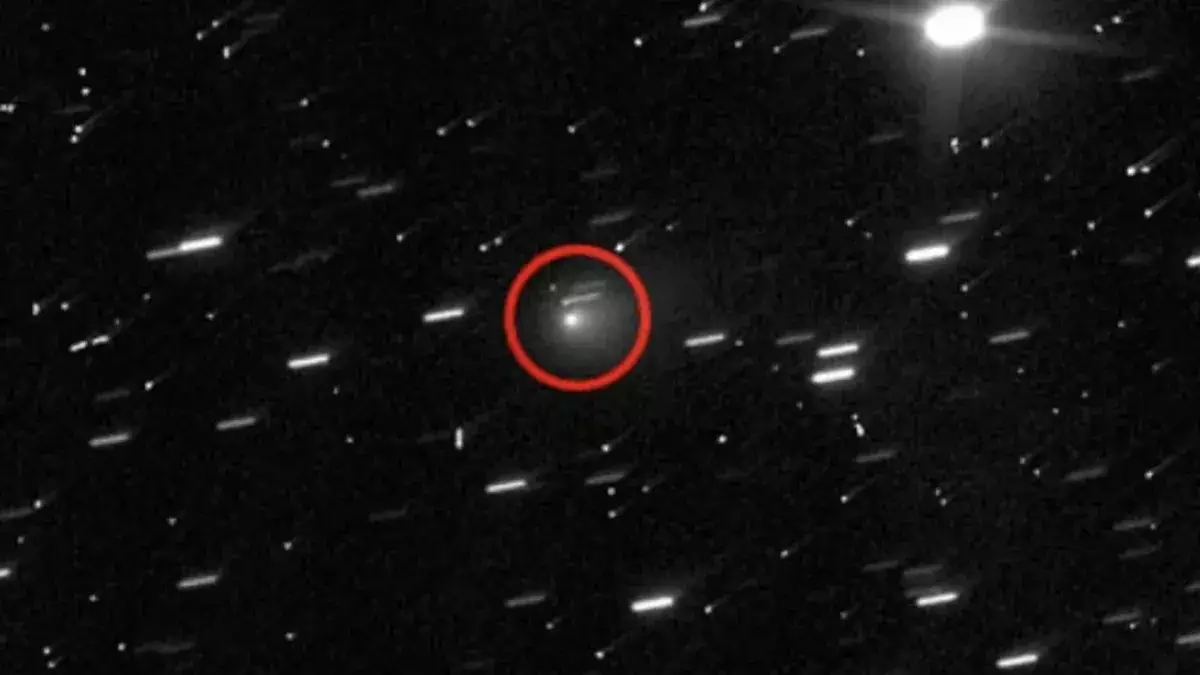
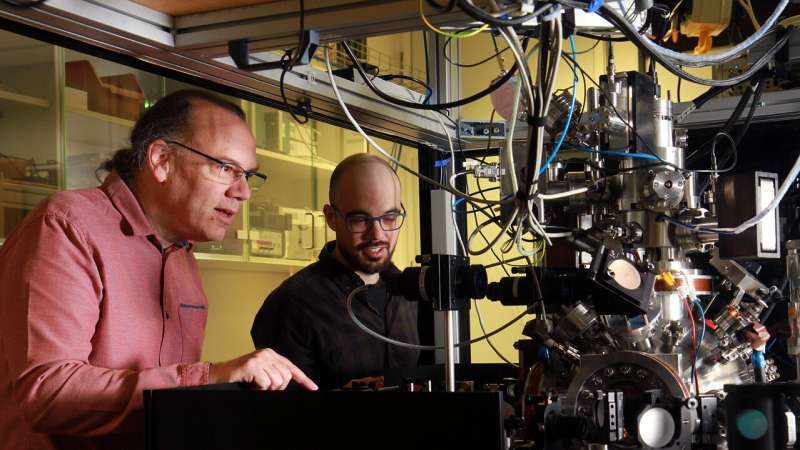
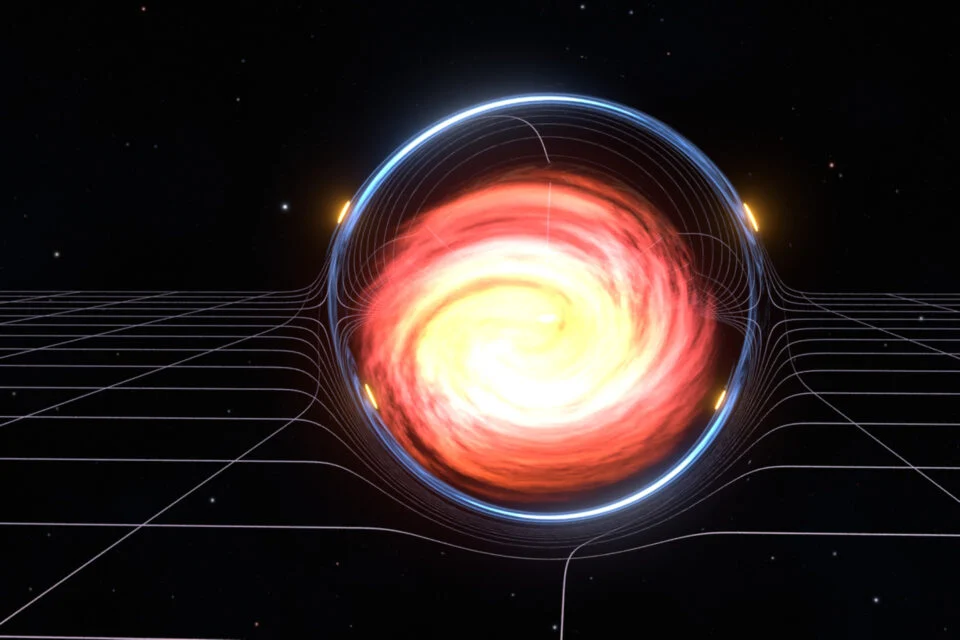
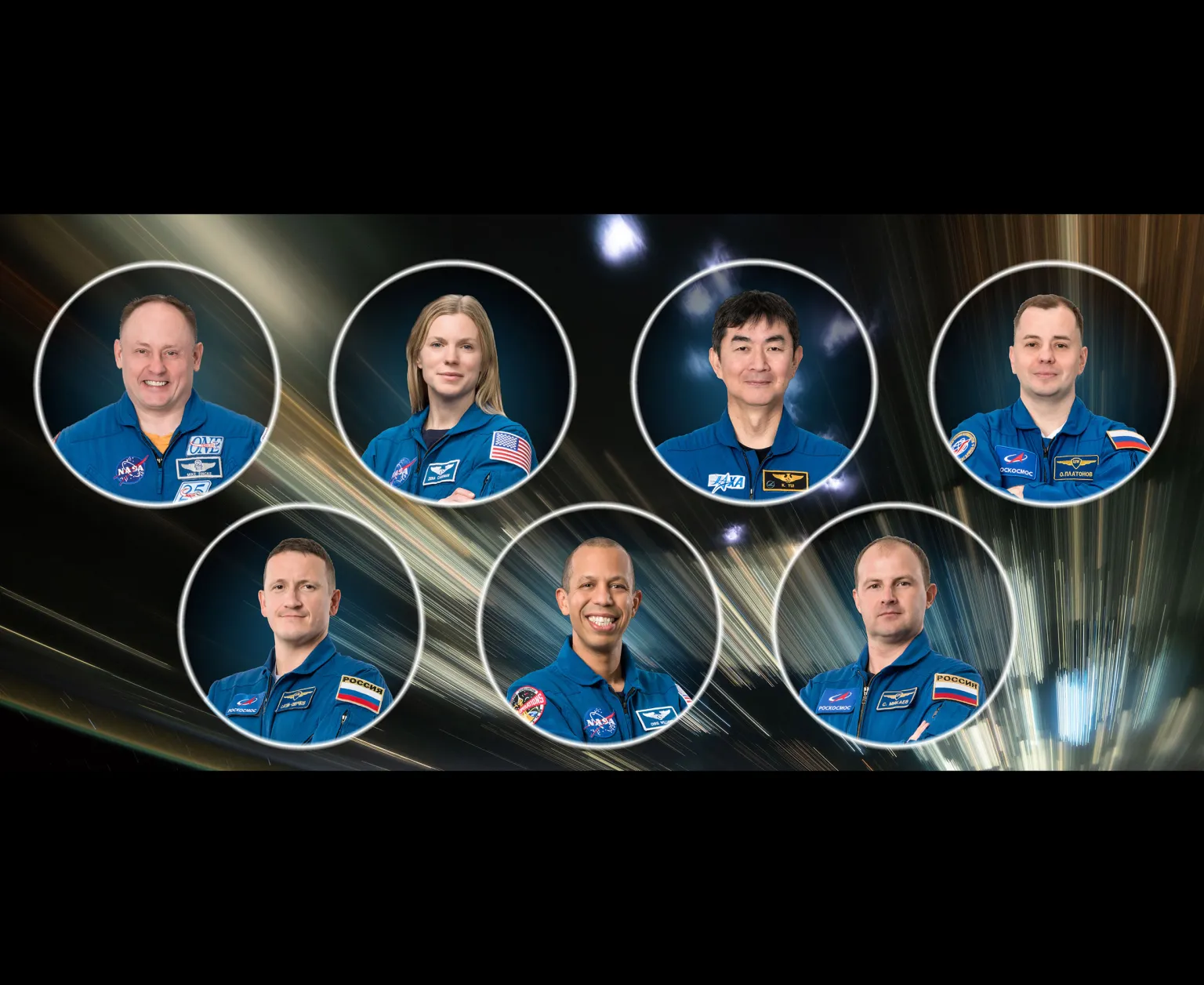
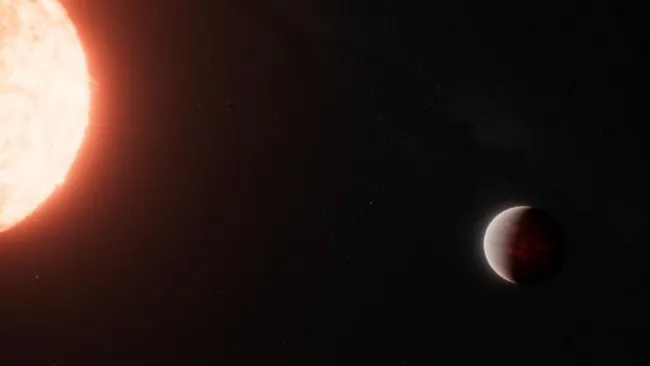

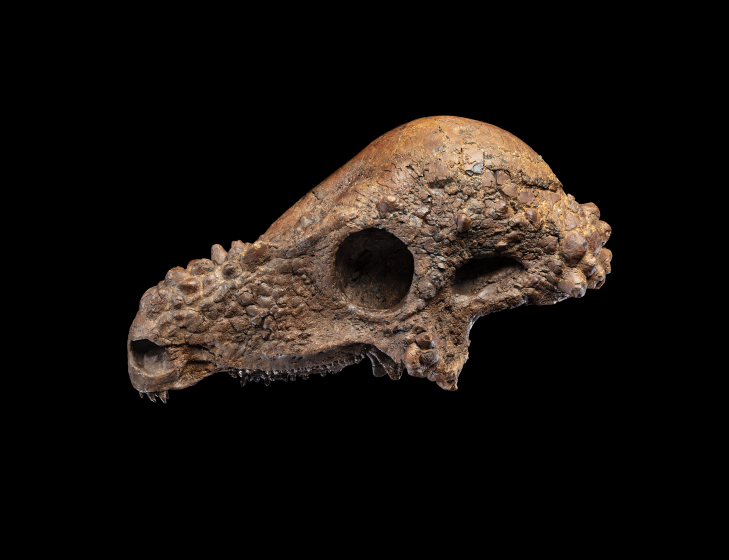
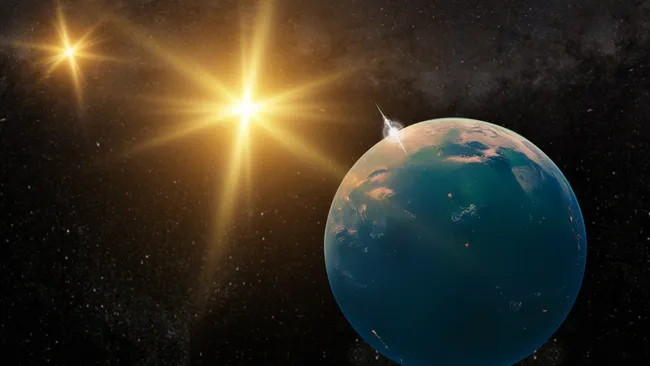
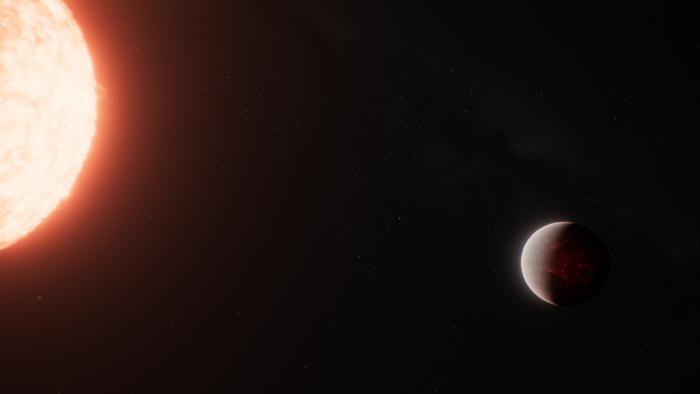
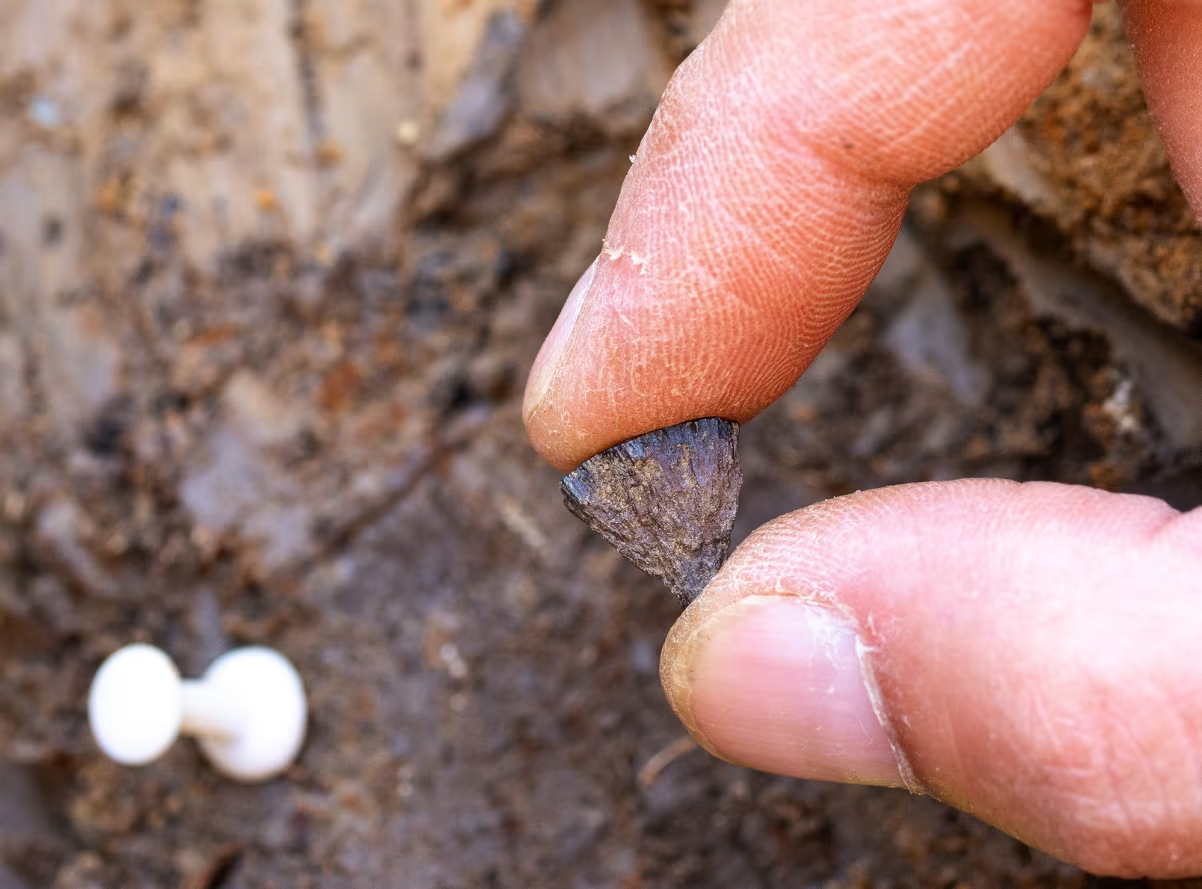
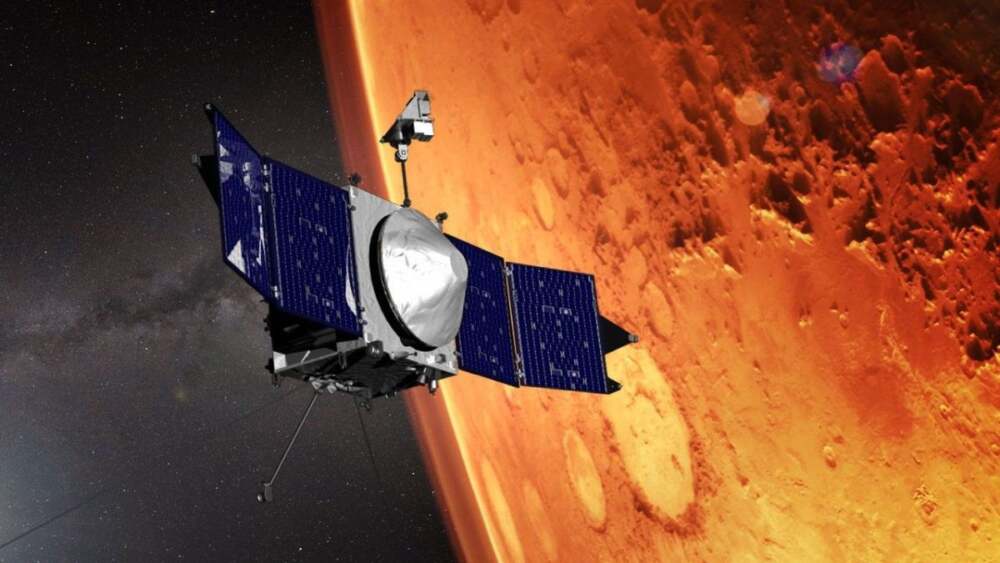

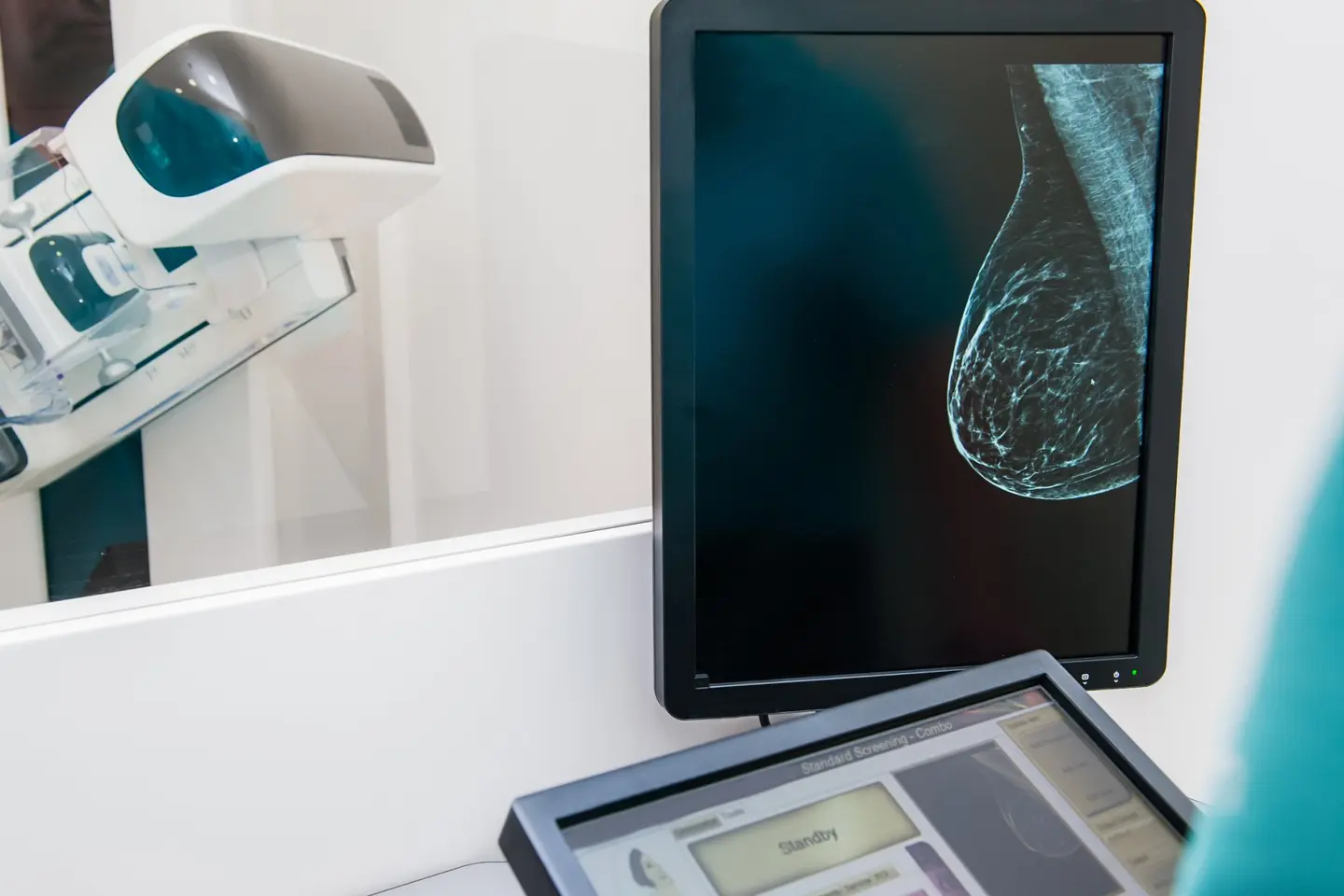


Leave a Reply